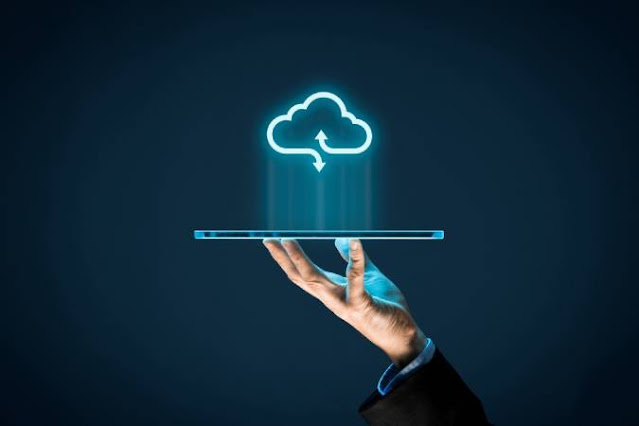Featured
- Get link
- X
- Other Apps
Cloud, edge, and fog computing: understanding the practical application for each

Whether your operation builds (or outsources) its personal general cloud infrastructure, or chooses to apply greater specialised tools like side computing and fog computing, depends to your desires and goals.
The differences between preferred cloud computing and its
"facet" and "fog" computing offshoots have hampered even
many professionals seeing that its advent.
But when it comes to preferred purchasers, IT builders, statistics analysts, and corporation networks, there are clean advantages to selecting one or extra of these implementations. They perform unique capabilities which are ideal for unique environments and instances, even though they supplement each different.
Below is a precis of those three "layers" of computing kinds together with numerous sensible applications for each.
Will innovation be within the cloud, at the brink, or some
place else?
Innovation is critical for organizations trying to stay
relevant and keep away from disruption, but in which will those breakthroughs
be?
The 3 "layers" of computing
As noted, the terms "cloud", "facet",
and "fog" constitute three layers of computation:
Cloud layer: industrial huge data, business logic and
analytical databases, and records “warehouse”
Fog Layer: LAN Assets, Micro Data Centers
Edge Layer: real-time records processing on business PCs,
technique-unique packages and stand-on my own system
It's visually beneficial to think of them as layers, because each builds on the competencies of the preceding layer, and every presents analytics closer to the supply. What font is that this? In production, it could be a manufacturing ground with connected manufacturing device. In an IT panorama, the source of actionable information might consist of corporate routers and employee gadgets.
Practical packages of cloud computing
So what exactly is Fog Computing?
Fog Computing efficiently "decentralizes" computing
and analysis strength. It sits among your nearby laptop and your cellular
devices (in different words, computer systems with confined processing and
garage capacity) and presents a manner to filter out the records streams from
those and different additives. Of your IoT.
You can get a higher mental image of calculating fog by means of taking into account self-using motors cruising a city block. If vehicles, their sensors, and controllers are the "side layer" of a metropolis's shrewd transportation device (we will communicate about area computing in a moment), then there'll probably be micro information facilities as properly. Than mesh and cellular routers. Cellphone towers that function a "layer of fog".
Fog computing isn't as decentralized as the threshold, however it similarly reduces the quantity of records transferred over the community or to the cloud layer. It facilitates communique and collaboration among the "nodes" of the peripheral layer. In the specimen above, the nodes are the driverless cars.
The Sky's Not the Limit: Cloud Analytics
Analytics and the cloud are the suitable combination to assist SMBs innovate and compete with large corporations at the vanguard of their industries.
So what about a beneficial application for business purposes?
A business-related example could be an automated stock
system that "sits among" multiple warehouses and factories in a
deliver chain. Here, the fog layer may want to serve to "take a look at
and balance" levels of materials, gadget, and materials across more than
one sites and mechanically trigger new move-orders or shipments.
Fog computing represents an vital intermediate step that
governs the quantity and sort of operational records that movements out of your
company's devices and nearby network into the palms of decision makers or, in
the long run, into an industrial-grade cloud records service.
In this manner, fog computing can help reduce bandwidth
utilization or even slow down your want for luxurious enhancements, in addition
to hold your IT infrastructure running smoothly.
Here is any other instance so that it will quickly be relevant anywhere with an electrical community. "Smart metering" involves deploying neighborhood information facilities next to power generation centers and transformers to accumulate and transmit records about the nearby power grid. The "clever grids" therefore managed, way to fog computing, are extra resilient in proscribing the effect of blackouts and permit engineers to become aware of issues greater effortlessly.
- Get link
- X
- Other Apps

